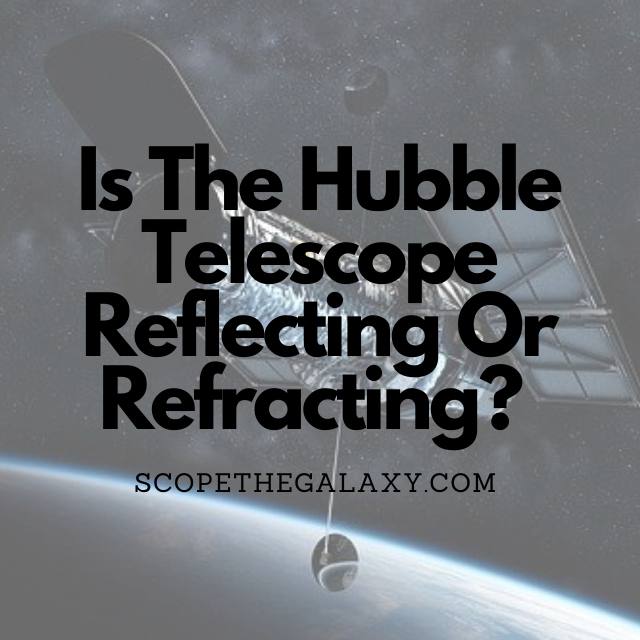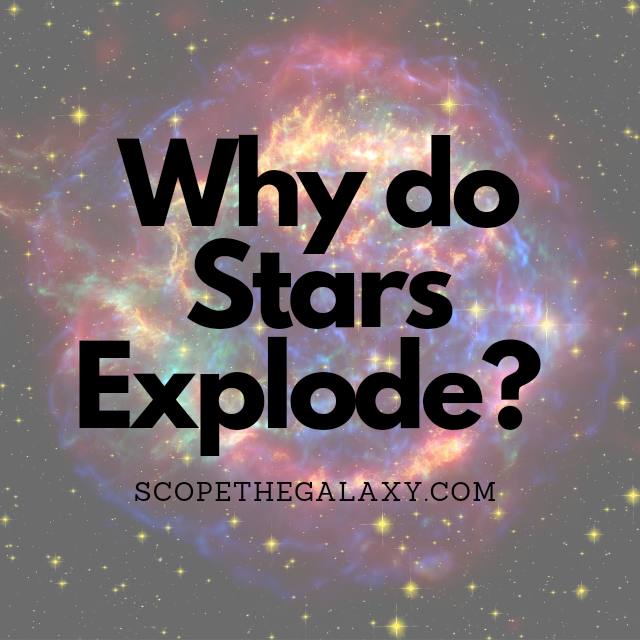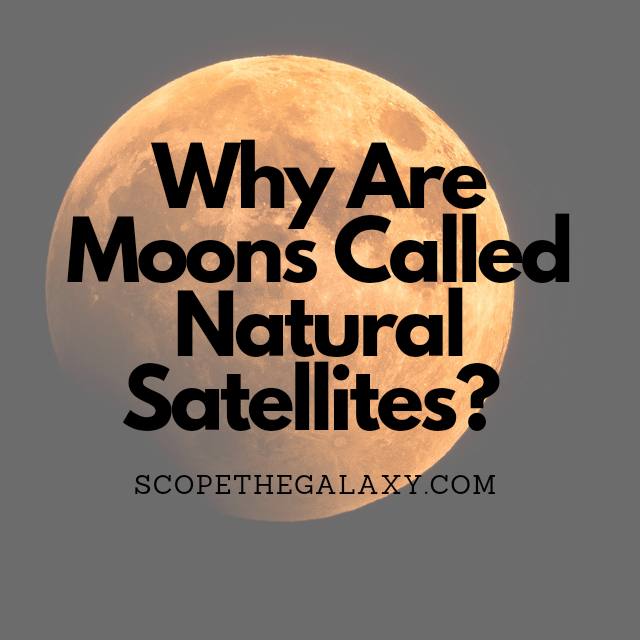Is The Hubble Telescope Reflecting Or Refracting?
The Hubble telescope utilises an optical design referred to as Cassegrain reflector optics meaning it’s a reflecting telescope. This means that the Hubble has 2 mirrors within its chassis, the primary is a concave mirror and the secondary is convex. There are 3 main reasons why the Hubble is a reflective telescope. Firstly, reflective optics … Read more





